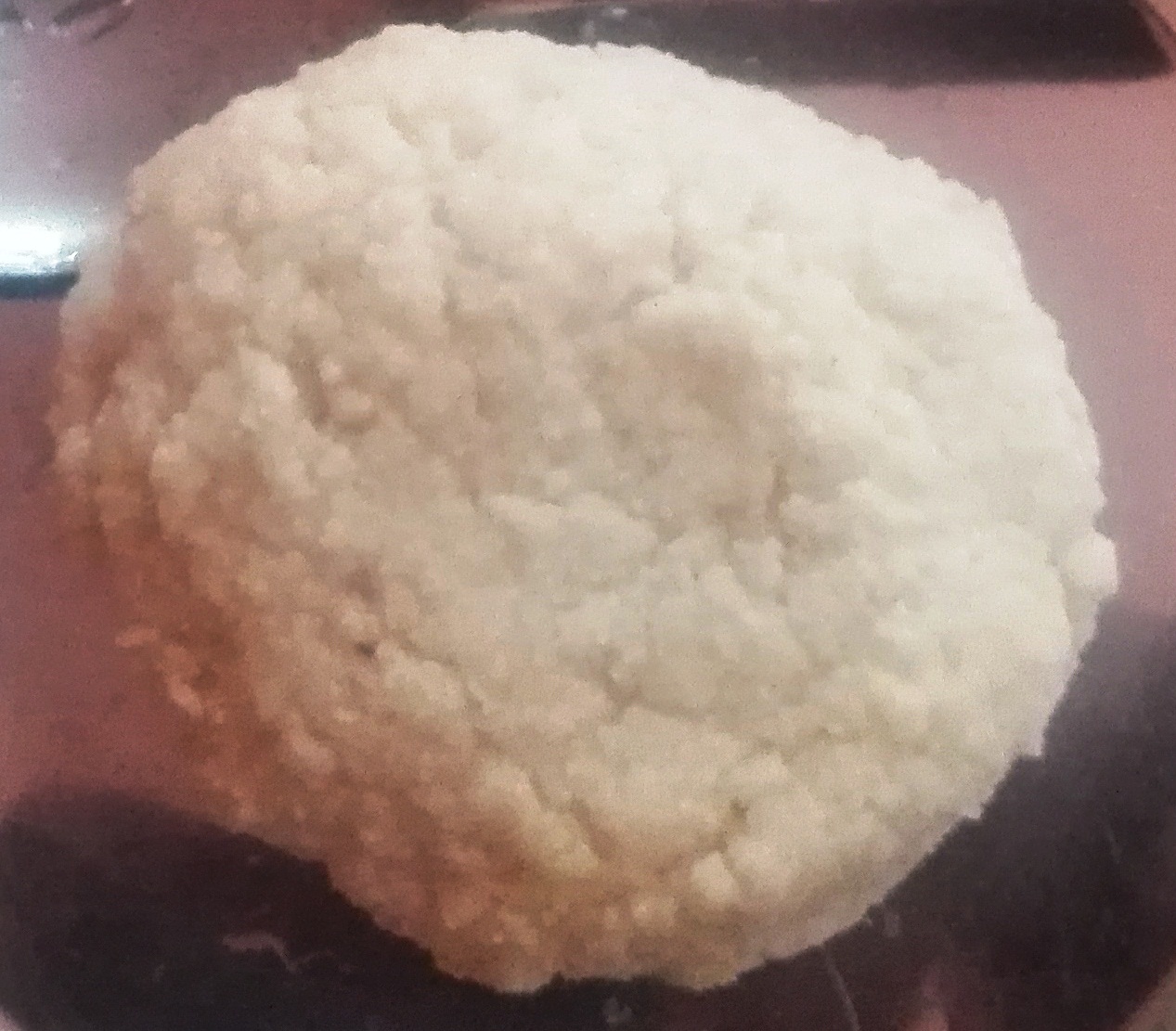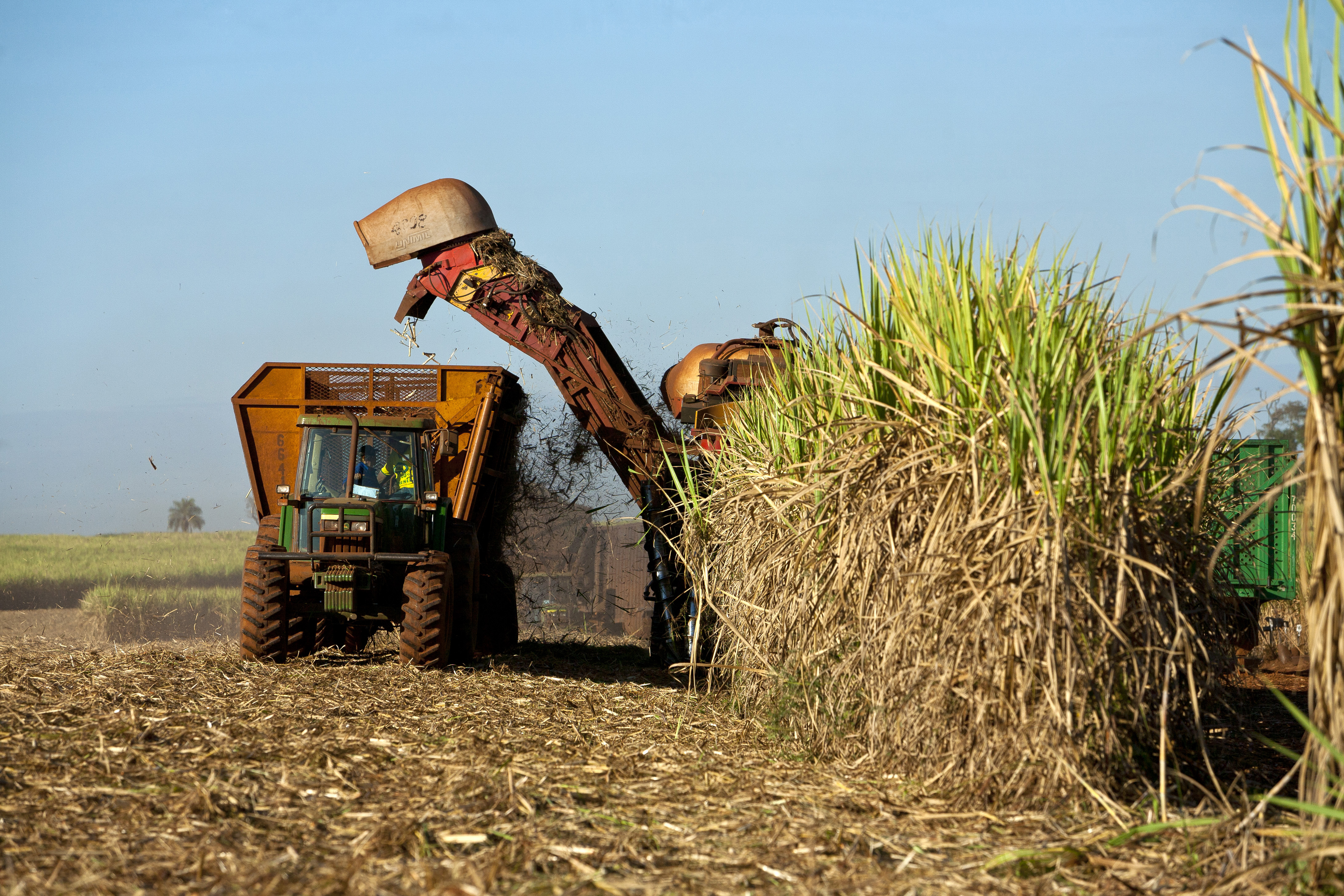|
Muktagachhar Monda
Monda, is a traditional Bangladeshi sweet originated in Muktagachha, Bangladesh. The sweet, first made in 1824 by Gopal Pal, is reputed in Bangladesh and many countries for its originality, taste and flavour. History Ram Gopal Pal, better known as Gopal Pal, first prepared this sweetmeat in 1824. He offered it to Maharaja Suryakanta Acharya Chowdhury, one of the leading zamindars of Muktagacha. Maharaja Suryakanta was full of praise for Gopal Pal and encouraged him to prepare monda to entertain guests who visited the zamindars. The zamindars also extended financial support to Gopal Pal for the expansion of the business. Now Sree Ramendranath Pal and Brothers run the business. They are the fifth generation of the Gopal Pal family. See also * List of Bangladeshi sweets and desserts This is a list of Bengali sweets and desserts. Bangladeshi sweets and desserts See also *Bangladeshi cuisine *Bengali cuisine *List of desserts References External links * {{Lists of pre ... [...More Info...] [...Related Items...] OR: [Wikipedia] [Google] [Baidu] |
Muktagachha Upazila
Muktagacha ( bn, মুক্তাগাছা) is an upazila of Mymensingh District in the Division of Mymensingh Division, Mymensingh, Bangladesh. It is known for confection, sweets which are made there, called "Muktagachar monda, Monda". It is also known for the Rajbari of Brahmin family(a zamindar's residence) which is currently used as an educational institute, Shahid Shrity College. Etymology The previous name of Muktagacha was ''Binodbari''. When the Zamindars (kings) arrived from Natore, an inhabitant of the town, Muktaram Karmakar, presented them with a gold lamp-stand, locally called ''Gacha''. This pleased the Zamindars. They wanted to acknowledge the present and show respect to Muktaram, so they renamed the town to ''Muktagacha''. Geography Muktagacha is located at . It has a total area of 314.71 km2. Demographics According to the 2011 Bangladesh census, Muktagacha Upazila had 96,657 households and a population of 415,473, 12.0% of whom lived in urban areas. 11 ... [...More Info...] [...Related Items...] OR: [Wikipedia] [Google] [Baidu] |
Mymensingh District
Mymensingh ( bn, ময়মনসিংহ) is a district in Mymensingh Division, Bangladesh, and is bordered on the north by Meghalaya, a state of India and the Garo Hills, on the south by Gazipur District, on the east by the districts of Netrokona and Kishoreganj, and on the west by the districts of Sherpur, Jamalpur and Tangail. Mymensingh is the 8th administrative divisional headquarter and 12th city corporation of Bangladesh. According to Ministry of Public Administration, Mymensingh is ranked 4th in district status. The density of Mymensingh city is 44,458/km2 (115,150/sq mi) which is the second most densely populated city in Bangladesh. Mymensingh attracts 25 percent of health tourists visiting Bangladesh. Once known as the largest district of the Indian subcontinent. Mymensingh town is the district headquarters. Geography The district covers an area of 4363.48 km2, with several small valleys between high forests. The temperature ranges from 12 to 33 °C, a ... [...More Info...] [...Related Items...] OR: [Wikipedia] [Google] [Baidu] |
Dessert
Dessert is a course (food), course that concludes a meal. The course consists of sweet foods, such as confections, and possibly a beverage such as dessert wine and liqueur. In some parts of the world, such as much of Greece and West Africa, and most parts of China, there is no tradition of a dessert course to conclude a meal. The term ''dessert'' can apply to many confectionery, confections, such as biscuits, cakes, cookies, custards, gelatin dessert, gelatins, ice creams, pastry, pastries, pies, puddings, macaroons, tong sui, sweet soups, tarts, and fruit salad. Fruit is also commonly found in dessert courses because of its naturally occurring sweetness. Some cultures sweeten foods that are more commonly umami, savory to create desserts. Etymology The word "dessert" originated from the French word ''desservir,'' meaning "to clear the table". Its first known use in English was in 1600, in a health education manual entitled ''Naturall and artificial Directions for Health'', w ... [...More Info...] [...Related Items...] OR: [Wikipedia] [Google] [Baidu] |
Chhena
Chhena () or chhana () are a style of cheese, originating from the Indian subcontinent, made from water buffaloDalby, A 2009, ''Cheese: A Global History'', Reaktion Books, p. 73, Kapoor, S & Kapoor, A 2006, ''Sanjeev Kapoor's No-oil Vegetarian Cooking'', Popular Prakashan, p. 118, or regular cow milk by adding food acids such as lemon juice and calcium lactate instead of rennet and straining the whey through filtration.Amitraj, K, Khamrui, K, Devaraja, HC, & Mandal, S 2016, 'Optimisation of ingredients for a low-fat, Chhana-based dairy spread using response surface methodology' International Journal of Dairy Technology, vol. 69, no. 3, p. 393 Chhena is pressed and may be further processed to make paneer, a form of farmer cheese, or formed into balls to make desserts such as khira sagara, chhena kheeri, rasabali and ras malai, as well as sweets from the Indian subcontinent (''mitha'' or ''Misti'' or '' mithai'') such as chhena jalebi, chhena gaja, chhena poda, pantua, rasogoll ... [...More Info...] [...Related Items...] OR: [Wikipedia] [Google] [Baidu] |
Jaggery
Jaggery is a traditional non-centrifugal cane sugar consumed in the Indian Subcontinent, Southeast Asia, and Africa. It is a concentrated product of cane juice and often date or palm sap without separation of the molasses and crystals, and can vary from golden brown to dark brown in colour. It contains up to 50% sucrose, up to 20% invert sugars, and up to 20% moisture, with the remainder made up of other insoluble matter, such as wood ash, proteins, and bagasse fibres. Jaggery is very similar to muscovado, an important sweetener in Portuguese, British and French cuisine. The Kenyan Sukari ngutu/nguru has no fibre; it is dark and is made from sugar cane and also sometimes extracted from palm tree. Etymology Jaggery comes from Portuguese terms , , derived from Malayalam (), Kannada (), Hindi () from Sanskrit () or also in Hindi, (gur). It is a doublet of sugar. Origins and production Jaggery is made of the products of sugarcane and the toddy palm tree. The sugar made f ... [...More Info...] [...Related Items...] OR: [Wikipedia] [Google] [Baidu] |
Condensed Milk
Condensed milk is cow's milk from which water has been removed (roughly 60% of it). It is most often found with sugar added, in the form of ''sweetened condensed milk'' (SCM), to the extent that the terms "condensed milk" and "sweetened condensed milk" are often used interchangeably today. Sweetened condensed milk is a very thick, sweet product, which when canned can last for years without refrigeration if not opened. The product is used in numerous dessert dishes in many countries. A related product is evaporated milk, which has undergone a lengthier preservation process because it is not sweetened. Evaporated milk is known in some countries as unsweetened condensed milk. Both products have a similar amount of water removed. History According to the writings of Marco Polo, in the thirteenth century the Tatars were able to condense milk. Marco Polo reported that of milk paste was carried by each man, who would subsequently mix the product with water. However, this probably ... [...More Info...] [...Related Items...] OR: [Wikipedia] [Google] [Baidu] |
List Of Bangladeshi Sweets And Desserts
This is a list of Bengali sweets and desserts. Bangladeshi sweets and desserts See also *Bangladeshi cuisine *Bengali cuisine *List of desserts References External links * {{Lists of prepared foods Bengali cuisine, Dessert-related lists, Bangladeshi Bangladeshi desserts Lists of foods by nationality, Bangladeshi Sweets ... [...More Info...] [...Related Items...] OR: [Wikipedia] [Google] [Baidu] |
Bangladesh
Bangladesh (}, ), officially the People's Republic of Bangladesh, is a country in South Asia. It is the eighth-most populous country in the world, with a population exceeding 165 million people in an area of . Bangladesh is among the most densely populated countries in the world, and shares land borders with India to the west, north, and east, and Myanmar to the southeast; to the south it has a coastline along the Bay of Bengal. It is narrowly separated from Bhutan and Nepal by the Siliguri Corridor; and from China by the Indian state of Sikkim in the north. Dhaka, the capital and largest city, is the nation's political, financial and cultural centre. Chittagong, the second-largest city, is the busiest port on the Bay of Bengal. The official language is Bengali, one of the easternmost branches of the Indo-European language family. Bangladesh forms the sovereign part of the historic and ethnolinguistic region of Bengal, which was divided during the Partition of India in ... [...More Info...] [...Related Items...] OR: [Wikipedia] [Google] [Baidu] |
Bengali Cuisine
Bengali cuisine ( bn, বাঙ্গালী রন্ধনপ্রণালী) is the culinary style of Bengal, a region in the eastern part of the Indian subcontinent encompassing Bangladesh and the Indian states of West Bengal, Tripura, Jharkhand and Assam's Barak Valley. The cuisine has been shaped by the region's diverse history of Bengal, history and climate. It is known for its varied use of flavours, as well as the spread of its confectioneries and desserts. Bengali cuisine has the only traditionally developed full course dinner, multi-course custom in the cuisine of the Indian subcontinent, South Asia that is analogous in structure to the modern ''service à la russe'' style of French cuisine, with food served in course (food), courses rather than all at once. There is a strong emphasis on rice as a staple, served with fish, meat, vegetables, and lentils. Many Bengali food traditions draw from social activities, such as Adda (South Asian), adda, or the ''Mezban''. ... [...More Info...] [...Related Items...] OR: [Wikipedia] [Google] [Baidu] |




